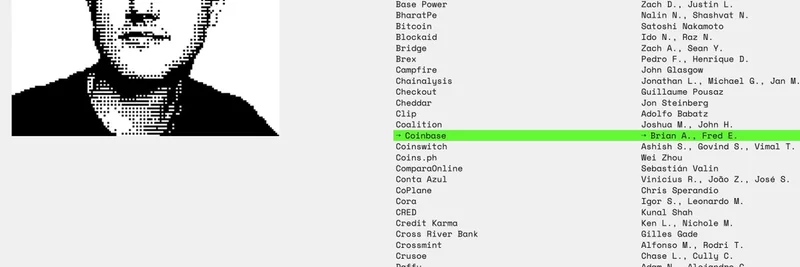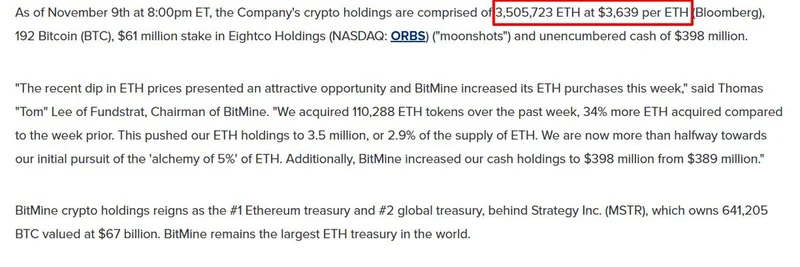If you’ve been keeping an eye on the Solana blockchain, you might have noticed some exciting chatter on X about the latest Agave update. Posted by steviez_sol on August 4, 2025, the thread highlights a significant milestone: the adoption of Agave v2.3 and the end of v2.2’s run. What’s making waves? The fact that v2.2 had the shortest release cycle in the last three years! Let’s break it down and see what this means for the Solana ecosystem.
What’s Agave, Anyway?
For those new to the scene, Agave is a Rust-based node client for Solana, essentially the backbone that keeps the network running smoothly. It’s a fork of the original Solana Labs client and is part of a bigger plan to make Solana a multi-client network. This means introducing alternatives like the C-based Firedancer to boost reliability and innovation. Think of it as upgrading the engine of a high-speed car to make it even faster and more efficient.
The Shortest Cycle Yet
The chart shared by steviez_sol tells an interesting story. It tracks the number of weeks each Agave version has been the “supermajority version” on Solana’s Mainnet Beta (MNB). Here’s a quick rundown:
- v1.14: Around 17 weeks
- v1.16: About 15 weeks
- v1.17: Roughly 20 weeks
- v1.18: A solid 22 weeks
- v2.0: Around 12 weeks
- v2.1: About 14 weeks
- v2.2: Just 10 weeks!
Yes, you read that right—v2.2 lasted only 10 weeks as the supermajority version before v2.3 took over. This is a sharp drop compared to earlier versions, which often stuck around for 15-22 weeks. The trend? The release cycle time for Agave has been shrinking, especially with the v2.x series.
Why the Speed-Up?
So, why the rush? The tweet suggests that the Solana team is accelerating improvements. Shorter cycles could mean faster bug fixes, better performance, or new features rolling out quicker. For a blockchain like Solana, known for its high throughput and low costs, staying ahead of the curve is key. This accelerated pace might also reflect the community’s push to compete with other top blockchains like Ethereum, especially as institutional adoption grows in 2025.
What Does This Mean for You?
If you’re a blockchain practitioner or a meme token enthusiast, this is good news! Faster updates can lead to a more robust network, which is crucial for projects building on Solana. For meme token creators, a stable and evolving platform means more opportunities to innovate—think faster transactions for your next viral token launch! However, it also means keeping up with the changes. Developers might need to adapt their code more frequently, especially with deprecated RPC endpoints and new confirmation logic introduced in updates like Agave 2.0.
Looking Ahead
With v2.3 now in play as of last weekend (August 2-3, 2025), the Solana ecosystem is clearly in a phase of rapid evolution. The shrinking cycle times hint at an exciting future, possibly with more frequent upgrades and a stronger network. As steviez_sol puts it, “Agave is continuing to introduce improvements and doing so at an accelerated rate.” This could be a game-changer for Solana’s position in the crypto space, especially as we head deeper into 2025.
Final Thoughts
The end of Agave v2.2’s short reign marks a turning point for Solana. Whether you’re a developer, investor, or just a fan of meme tokens, staying informed about these updates is crucial. Keep an eye on meme-insider.com for more insights into how these changes might impact the meme token world and beyond. What do you think about this accelerated pace? Drop your thoughts in the comments—we’d love to hear from you!




